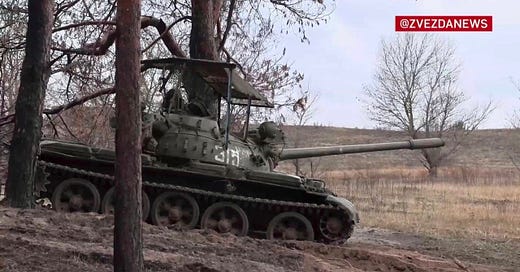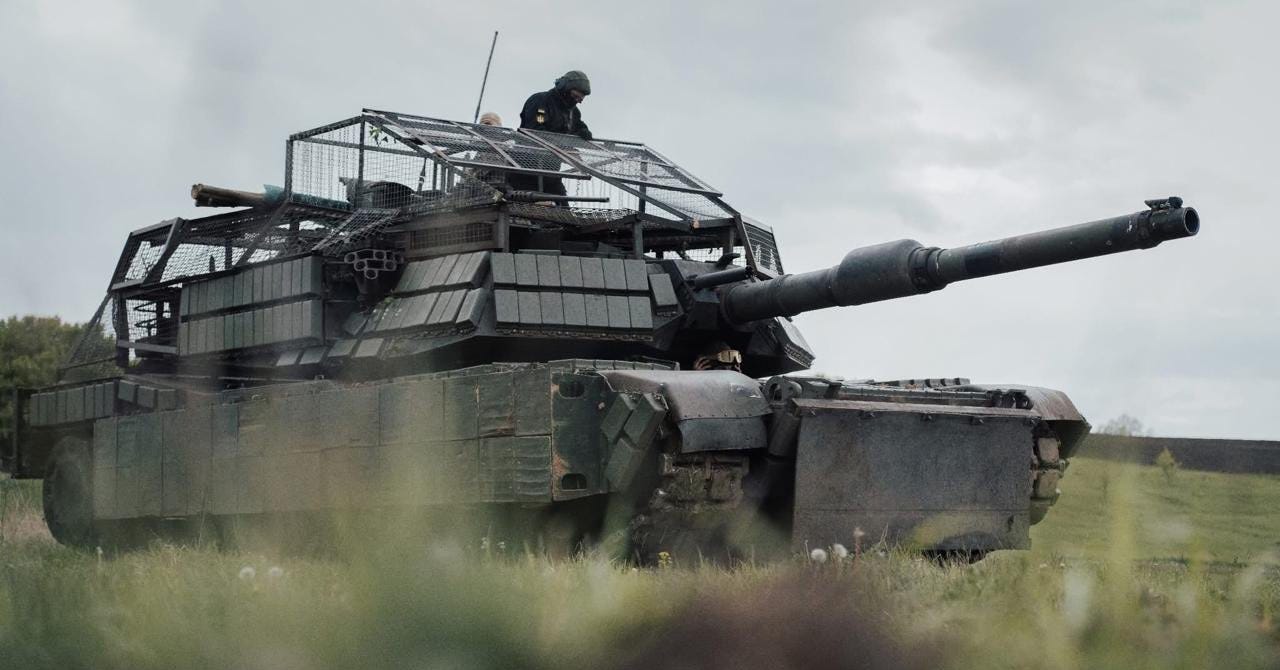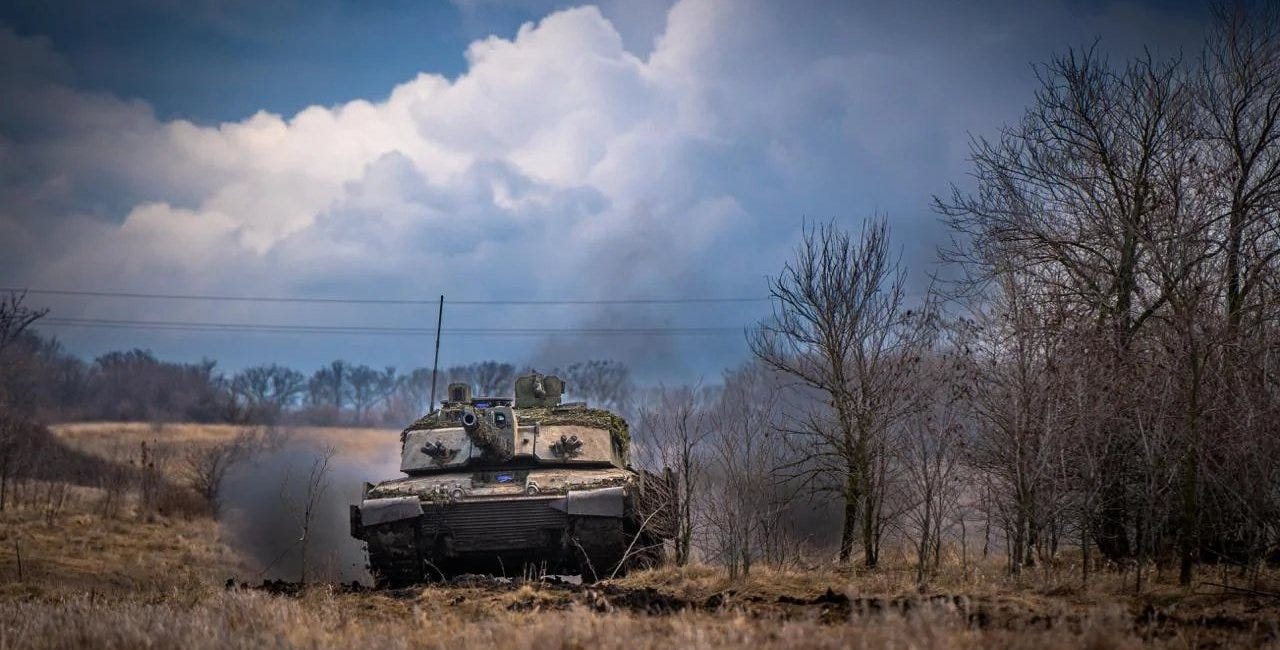Russia Just Lost Its 4,000th Tank in Ukraine
That's 1,000 more tanks than the Russians had in active service before the current war
The Oryx team’s tally of Russian tanks destroyed, damaged, abandoned and captured in Russia’s 39-month wider war on Ukraine now exceeds 4,000.
That’s 1,000 more tanks than the Russian armed forces had in active service on the eve of the wider war in February 2022.
But the rate of loss is slowing as the tank inventory depletes and Russian doctrine evolves to favor fast-moving infantry riding on whatever inexpensive vehicles they can scrounge: compact cars, golf carts, motorcycles and even electric scooters.
Russia hasn’t built new tanks fast enough to make good its losses. Stocks of old Cold War tanks are running low, too.
According to Oryx’s Jakub Janovsky, Russian sanctions-squeezed factories produce no more than 200 new T-90M tanks every year. That’s 600 new T-90s since Russia widened its war on Ukraine. A few T-72B3Ms round out new production, but the bulk of the thousands of replacement tanks have come from Russia’s Cold War storage yards, which in 2022 held as many as 10,000 tanks.
Thousands of decades-old T-80s, T-72s, T-62s and even 1950s-vintage T-55s are on the front line. But they’re playing a diminishing role in Russia’s daily assaults on Ukrainian lines—and for one main reason: drones.
Robot war
“Tanks have become a second priority in war,” a Ukrainian tanker named Bohdan told David Kirichenko, an analyst for the Center for European Policy Analysis in Washington, D.C. “It’s now a war of artillery, drones and infantry.”
“Instead of spearheading assaults, tanks are increasingly used more like mobile artillery, providing fire support from safer distances,” Kirichenko explained. Between fire missions, tanks hide out in garages, barns, warehouses and underground dugouts. Even there, they’re vulnerable—as more un-jammable fiber-optic drones go peaking through open doorways.
The doctrinal changes—which, to be clear, have occurred on both sides of the wider war—take some of the pressure off the Kremlin to replace all 4,000 of the tanks it has written off in Ukraine.
That’s fortunate for the Russians, as many of the tanks left in storage are “in terrible state—either beyond repair or needing to be completely rebuilt,” Janovksy explained. “There will continue to be a stream of reactivated [and] repaired equipment, but as the state of the vehicles in storage … gets worse and worse, those repairs will—besides being very costly—require more parts and more time, reducing the number of vehicles that can be reactivated each month.”
Russian field armies won’t actually run out of tanks. “If Russia exhausts some equipment models, it will at first be able to replace them with less optimal equipment,” Janovsky explained. Think of T-55s replacing T-90s.
“After that, [Russia] would have to either scale down the use of that remaining type of equipment or accept that its units will over time have a deficit due to losses. I would expect that process to start around late 2025.”
Rewriting doctrine to sideline tanks comes at a cost, however. And it’s the de-mechanized infantry, riding into battle in ever-lighter civilian-style vehicles, who are bearing the greatest burden.
“Civilian vehicles are better than walking,” Janovsky conceded, “but will obviously not provide any protection or fire support, so assaults with them instead of proper [armored fighting vehicles] will be more costly and more likely to fail. They are also unlikely to be able to cross trenches, razor wire, and other anti-infantry obstacles.
“It would result in any offensive actions being even more—than it already is—conducted by the infantry, with the inevitable result being that assaults would be far more likely to fail and cost far higher casualties. Especially since Ukrainian troops would be able to optimize defensive positions and tactics for countering infantry.”
Instead of countering tanks. Which, even for a unit possessing an abundance of drones, is a much more difficult task.
Read more:
Ukraine's Surviving Challenger 2 Tanks May Be Rolling Toward Their Third Major Battle
In January 2023, the United Kingdom pledged to Ukraine 14 of its 386 Challenger 2 tanks, 219 of which are currently in active U.K. service. The 71-ton, four-person Challenger 2 has thick frontal armor and accurate fire controls.






